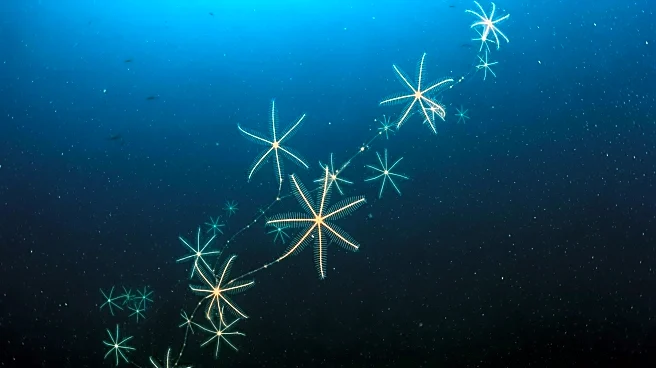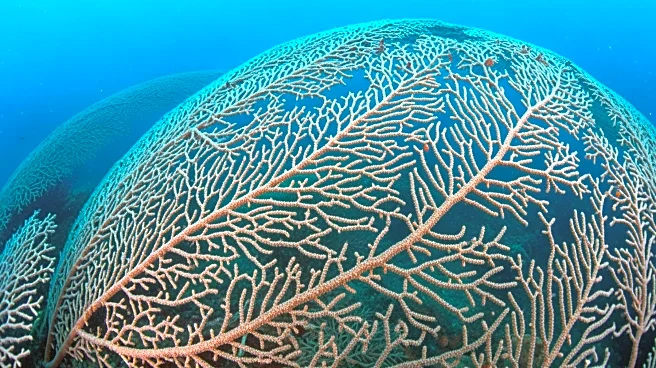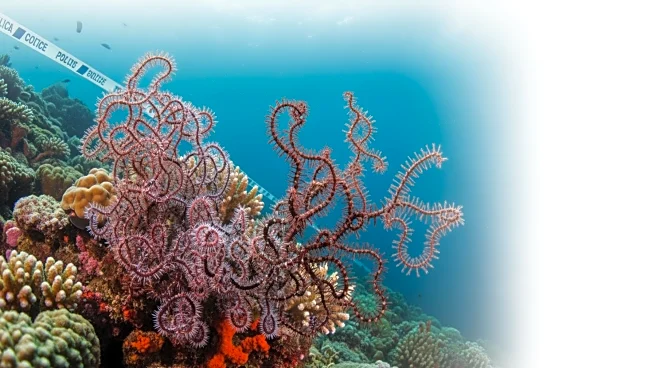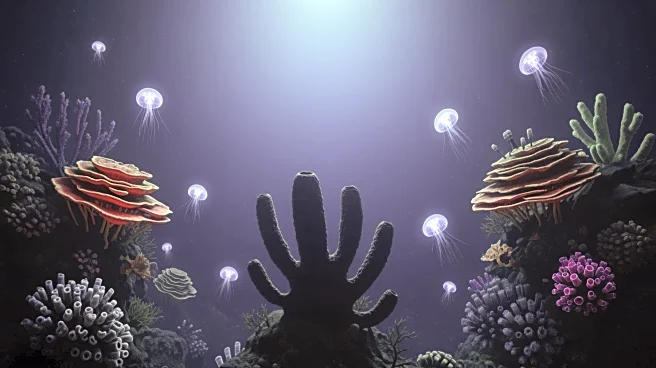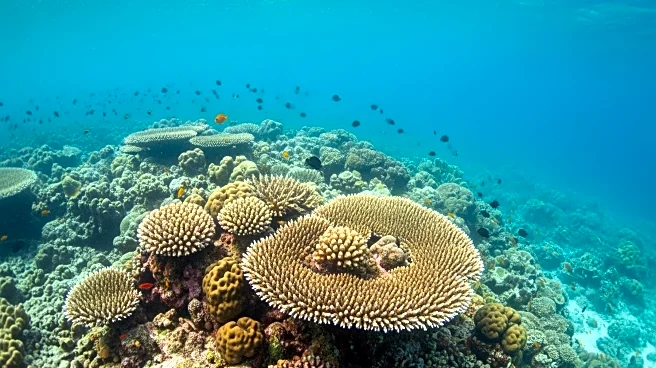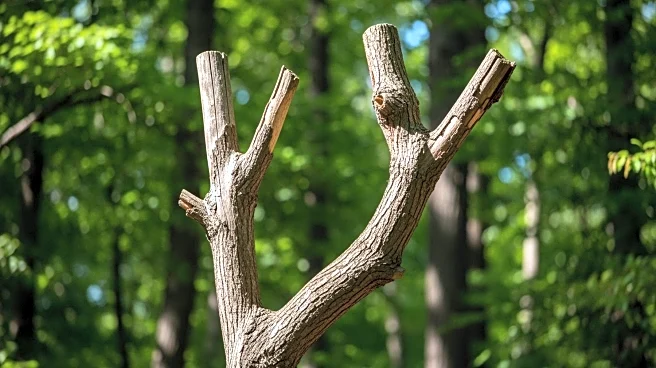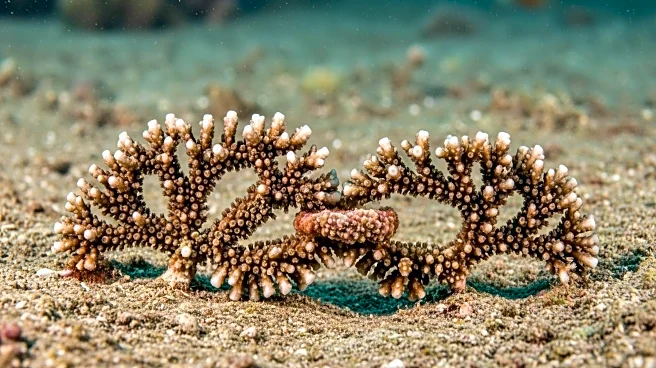What's Happening?
A groundbreaking study published in Nature has mapped the distribution and evolutionary relationships of brittle stars across the world's oceans. Researchers sequenced DNA from thousands of specimens stored
in museums globally, revealing that deep-sea animals can spread over vast distances due to stable environments and long-lived larvae. The study found that deep-sea species are more closely related across different regions compared to shallow-water species, which evolve independently due to temperature barriers. This connectivity suggests that deep-sea ecosystems are more interconnected than previously thought, challenging traditional views of marine evolution.
Why It's Important?
The findings have profound implications for marine conservation and biodiversity. Understanding the connectivity of deep-sea ecosystems can inform conservation strategies, emphasizing the need for global cooperation in protecting these environments. The study also provides insights into how deep-sea species might adapt to environmental changes, such as climate change, which could alter their habitats and migration routes. This research underscores the importance of considering the global nature of marine ecosystems in policy-making and conservation efforts.
What's Next?
Further research may delve into the genetic diversity and migration patterns of other deep-sea organisms, potentially uncovering more about their evolutionary history and ecological roles. Conservationists and policymakers could use this information to develop international agreements aimed at preserving deep-sea biodiversity. Additionally, the study could inspire new technologies or methodologies for studying marine life, enhancing our ability to monitor and protect these ecosystems.
Beyond the Headlines
The study highlights ethical considerations regarding the exploitation of deep-sea resources. As the connectivity of these ecosystems becomes clearer, there may be increased pressure to regulate activities such as deep-sea mining and fishing, which could disrupt these delicate environments. Furthermore, the research showcases the importance of museum collections in scientific discovery, demonstrating how historical specimens can provide insights into current ecological dynamics.
